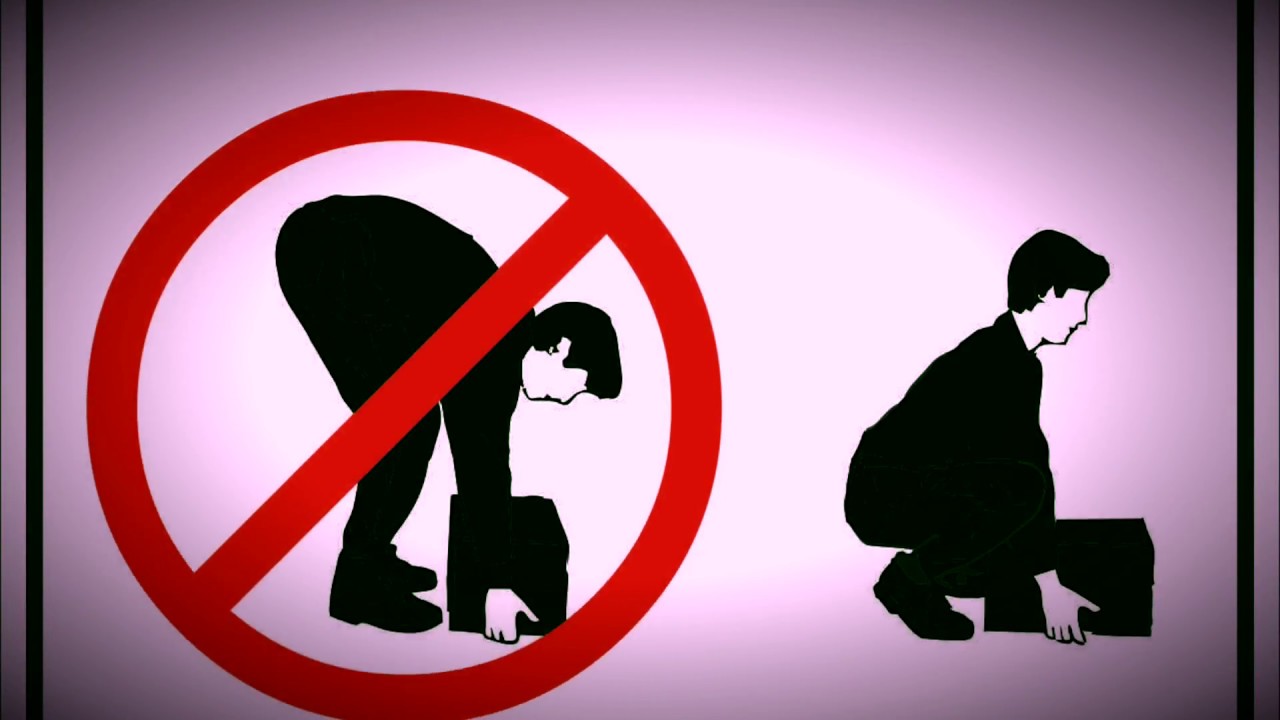Material handling is one of the leading causes of workplace injuries: about 28%. Still, the worst part of it all is that workplace managers are often hesitant to do something concrete about workplace safety because they are often biased towards some common myths regarding workplace lifting safety.

Following are some of the lifting safety myths and facts to refute those myths:
6 Facts About Lifting Safety
Here are some of the proven methods of mitigating lifting and manual handling safety risks and health concerns:
1. Myth: Health and safety of workers costs a lot
Facts: Even for small and medium-sized businesses, health and safety do not have to be expensive. Safety training and following the compliant rules do indeed cost some money initially, but in the long run, saving lives will save you a lot more money than it appears. With the purchase of lifting equipment, safety and efficiency in the workplace can be drastically improved.
If managers allow lifting accidents to happen, there might be a whole lot of other expenses they would have to take care of, including:
- Legal fines
- Compensation money
- Sick pays
- Employments cover
- Paying for machinery/equipment/property damage
In the long run, with no proper safety measures in place, there are going to be some more hidden drawbacks, including:
- Delays in projects and deadlines
- Equipment damager
- Goodwill damage with investors and stakeholders
- Loss of skilled labor
2. Myth: Safety should be a common sense
Facts: Pushing safety as common sense downgrades its seriousness to those areas in our life that do not require much thought. It might even push it to the category of mindlessness, where our brains have become so trained that we barely give a thought while performing such menial tasks, such as brushing teeth.
Critical thinking is always required to assess the level of danger and respond accordingly to be safe around any environment. What the management thinks should be common sense derives heavily from this conscious understanding of how things are in an environment. It is a learned behavior. Therefore, “common sense” at a workplace is only shared when the workers have an awareness and understanding of the risks associated with the work tasks and conditions.
Even more than conditions, it is the workers themselves who are the cause of many lifting injuries. About 80% of workplace industrial accidents are caused by unsafe acts on employees, which means that good sense requires competence.
3. Myth: Workers do not need training to lift heavy objects
Facts: Yes, they do. Almost 34% of workplace injuries occur as a result of lifting or lowering heavy objects. If people do not need training for such acts, why do they often get injured because of it?
It is no mystery that about 75% of adults will face back pain and spine stress at some point in their lives due to overexertion, which is proof enough that the majority do not know how to handle heavy objects. It is where safety lifting training comes in and purchase of equipment such as forklift attachments.
The training sounds precisely like this: it teaches employees how to keep their posture when manual handling. They are taught about body angles and movement load fulcrums. Following are some handy tips that are taught in lifting safety training:
- Keeping the load close to the waist
- Avoiding lifting above the shoulders
- Adopting a stable position before lifting
- Bending the knees to lift objects and not bending the back
- Avoiding bending the back any further when lifting upwards
- Always lower your torso to lift the load precisely
- Slide the weight instead of lifting if the surface allows it
Workplace management must prioritize lifting safety training for all the workers, especially those who lift heavy or bulky objects regularly. In warehouses material handling equipment such as forklift safety cages and fork extensions are vital for safer lifting.
4. Myth: No one can control accidents. It’s almost impossible to create a hazard-free workplace
Facts: If we focus on the technicalities of how accidents occur, then yes, most of them cannot be prevented. At least, not after a certain point. However, studies suggest that over 99% of workplace accidents are preventable. If the accidents cannot be stopped while they occur, they can be prevented if preventive measures are taken early on. All it means is that the workplace safety efforts must be disciplined and diligent in delaying the worst possible outcome.
5. Myth: Employees can be reckless when left unchecked
Facts: Employees do dangerous things because they either do not know that their behavior is unsafe to them or those around them or perceive that their actions will not have dangerous consequences. In both cases, the best remedy is to make them aware of their actions and results. The prevention lies in providing regular safety pieces of training, drills, and supervision.
6. Myth: Working in an office will not get me injured
Facts: It might appear to be that way, but some studies describe in great detail how sitting at a place for extended periods is equally taxing on your back and spine. Some of these injuries include back and neck strains, vision strains, pain in the wrists and hands. You can always trip over a piece of furniture or slip due to wet floors. No place is safe unless we make it safe.
